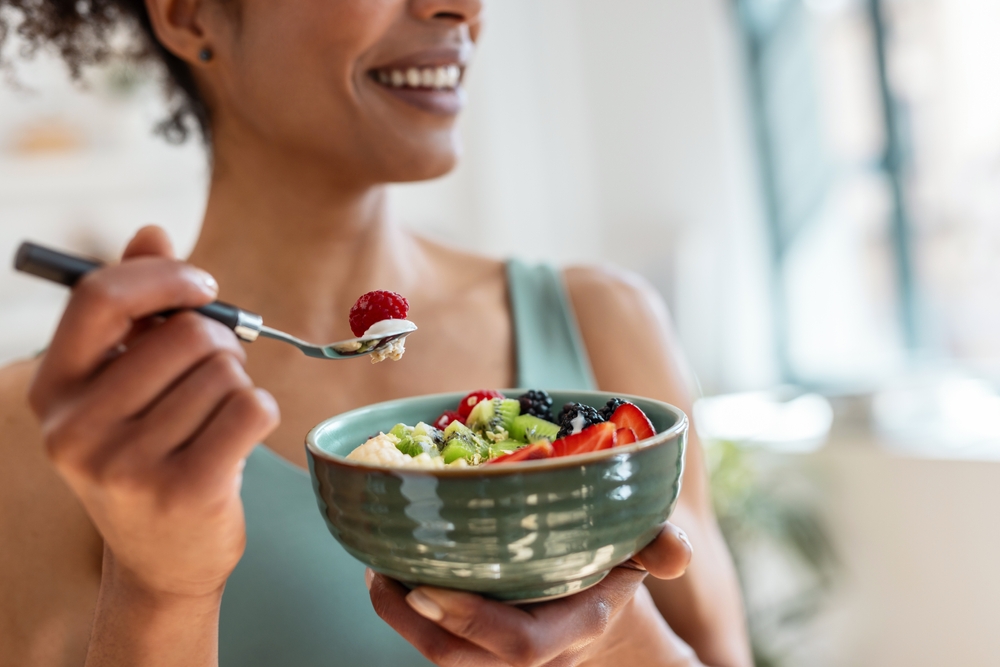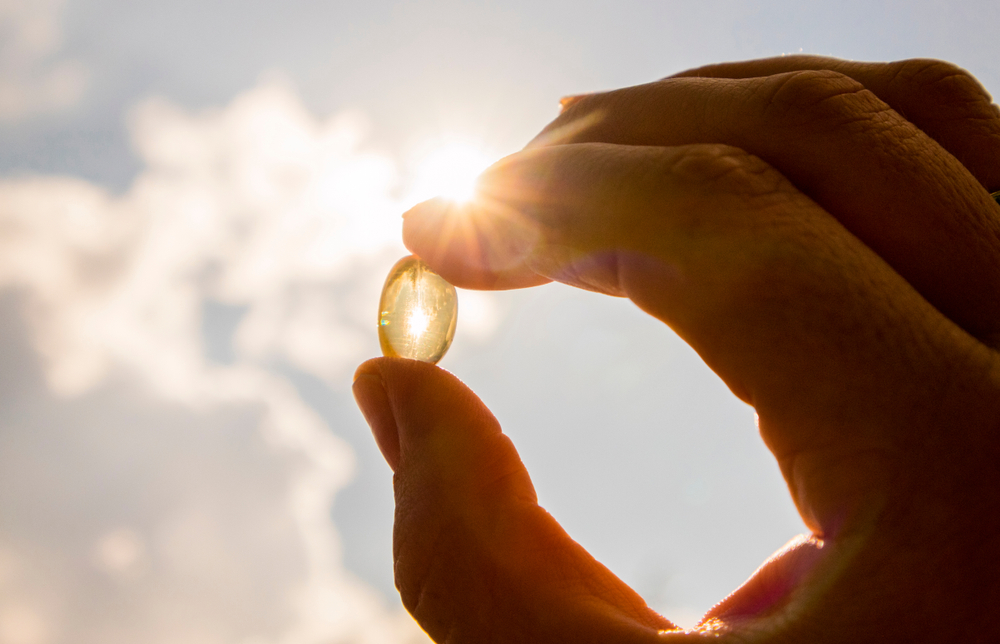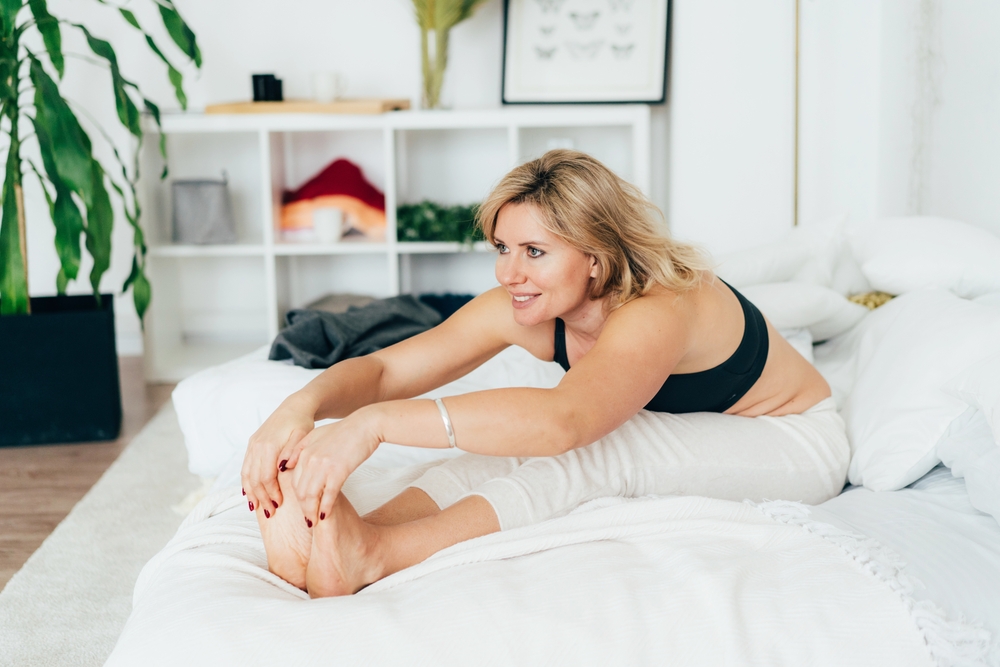Getting out of bed on a cold, dark, wet morning is no easy feat, and this time of year often brings a particular hard-to-shake morning grogginess.
Looking for easy ways to kickstart your morning? We spoke to experts, from sleep specialists to nutritionists, to share their top tips…
- Eat a nutritious breakfast
When the weather’s cold, we tend to crave comfort foods, which are often high in fat and sugary carbs. Giving into these cravings at breakfast time could be affecting your energy levels as you go about your day.
Kerry Beeson, nutritional therapist at Prep Kitchen, says: “If you often feel tired in the morning, incorporating the right foods into your breakfast can help to provide sustained energy and improve alertness.
“One of my favourite energy-boosting breakfasts is maple pecan porridge with fruit and yoghurt – the oats are complex carbohydrates which stabilise blood sugar and provide a lasting source of energy, while pecans taste delicious and are a good source of protein, healthy fats and fibre.”
She continues: “If you fancy something savoury, then go for some good quality protein such as eggs, tofu or salmon, with spinach, avocado and wholegrain toast.”

- Put your heating on a timer
Pulling yourself from the cosy warmth of your duvet in the mornings is much more difficult when you wake up in a cold bedroom.
Dr Patel, NHS Doctor and resident sleep expert at Time4Sleep shares: “While some people find it easier to embrace the cold and wake themselves up more abruptly, many of us prefer waking up slowly and gradually. If your main struggle with waking up around this time of year is the cold, I would recommend putting your heating on a timed cycle so that it starts warming up the house around 30 minutes before you get up.”
“While young people may feel comfortable sleeping at slightly lower temperatures, heating your home to at least 18°C is particularly important if you have reduced mobility, are 65 and over, or have a health condition such as heart or lung disease.”
- Wake up at the same time every day
To keep your melatonin levels and circadian rhythms in check throughout the autumn and winter months, it’s important to establish a regular sleep schedule.
Dr Patel comments: “Even though it may be tempting, try to resist having a lie in on the weekends and instead, continue to get up at the same time every day. Doing this will help your body build important routines while allowing you to wake up feeling much less groggy. This is due to your body being used to finishing its last REM cycle at the exact same time every morning.”

“Having said this, don’t worry if you’re a little bit off every now and then, or if you have a few long nights every month. The key here is to build consistent habits, not to achieve perfection.”
- Try using a SAD lamp
Marlena Kaminska, designer at ValueLights says: “Light is one of the main ways our brain can tell whether or not it’s time to wake us up. This is why it can be much harder to shake ourselves from slumber on darker mornings.
“One way of combatting this is to try a SAD (Seasonal Affective Disorder) lamp. SAD lamps work by simulating sunlight to encourage the brain to produce less melatonin (the sleepy hormone) and more serotonin (the happy hormone).
“These lamps allow you to experience a natural wake cycle, even on the gloomiest of mornings, which may help to reverse the symptoms of the winter blues.”
- Up your vitamin D intake
Kerry explains: “One of the reasons we might suffer from tiredness in the autumn and winter is due to lack of vitamin D. Vitamin D helps to boost your mood and your immune system, regulate your blood sugar, and increase energy levels. It is known as the ‘sunshine vitamin’ because it’s made in the body when our skin is exposed to the sun.
“You can get vitamin D from a few foods such as oily fish, offal and red meat, but these foods aren’t always popular dietary choices and it’s hard to get enough vitamin D from your diet alone. The NHS recommends taking vitamin D supplements in autumn and winter when sunny days are scarce.”

- Two minutes of movement
Cold mornings can have a real impact on your body, resulting in you feeling sluggish and uncomfortable, but there are simple steps you can incorporate into your routine to combat this.
Martyn Oakey, personal trainer and head of fitness at Everlast Gyms, part of Sports Direct, shares: “Lower temperatures this time of year can lead to body stiffness, which can leave you feeling tense first thing in the morning.
“Practising dynamic stretches, such as spinal twists and arm circles, can help to loosen up any tightness and slowly start warming up the body. Following this up with a quick burst of high-energy movements, like jumping jacks for example, aids in waking the body further by raising your heart rate and circulating blood around the body.
“It’s quite a straightforward routine, but this combination of movements is super effective in improving circulation and raising your core temperature, which is essential in helping to ease morning fogginess in the cooler autumn months.”





